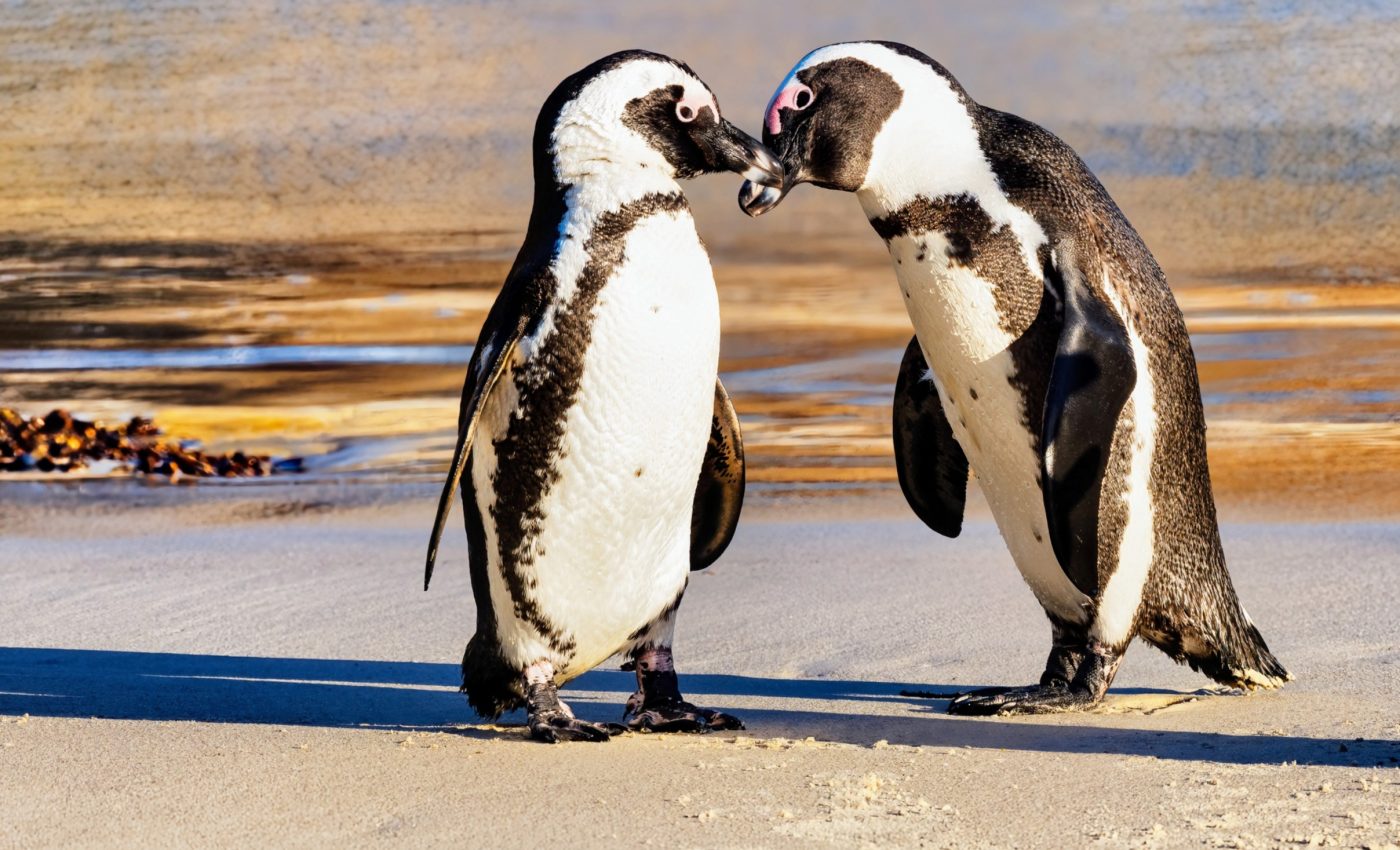
Can artificial nests help save African penguins?
Artificial nests can significantly boost the breeding success of endangered African penguins, but their effectiveness varies depending on the colony.
A new study led by researchers from South Africa and the UK highlights how different artificial nest designs offer varying benefits depending on local conditions at different penguin colonies.
Breeding success of African penguins
The study, led by Nelson Mandela University, monitored the breeding success of African penguins over 12 years across South Africa.
The findings show that artificial nests improved breeding outcomes, increasing breeding success by 16.5% compared to natural nests.
These artificial nests, deployed at various penguin colonies, offered a safe and controlled environment for the penguins to lay eggs and raise chicks, compensating for the loss of natural nesting sites.
However, the experts also found that no single design of artificial nests was universally effective across all colonies.
The newly developed double-layered ceramic nests generally outperformed earlier designs, but their success varied based on the specific challenges each colony faced.
Colony needs of African penguins
Study lead author Lorien Pichegru, a professor at the Institute for Coastal and Marine Research at Nelson Mandela University, emphasized the need for colony-specific conservation strategies.
“The most effective designs of artificial nests were colony-specific, with different colonies facing different threats,” Pichegru explained.
“Penguins at land colonies such as Boulders Beach face threats from mammals, whereas penguins at colonies devoid of vegetation such as Bird Island face sun exposure. Different artificial nest designs were more suited to responding to different threats.”
The ceramic nests, featuring slanted roofs and a 5 cm air gap between layers for better insulation, were particularly effective at regulating temperature in colonies exposed to direct sunlight.
In contrast, more traditional A-frame plywood nests, cement nests made from fiberglass and cement mixtures, and fiberglass burrows that mimic natural burrows each had their own advantages in different environments.
These findings suggest that conservation efforts cannot adopt a one-size-fits-all approach when it comes to nest design.
Addressing food shortages and other threats
While artificial nests have proven beneficial, the researchers stress that they are only part of a broader conservation strategy needed to halt the decline of African penguins since these seabirds face numerous challenges.
“The main causes of the recent decline in African penguin numbers are poor food availability, oil spills, underwater noise pollution, and predation,” Pichegru said. “Biologically meaningful fishing exclusion zones around their major colonies are urgently needed.”
These protected zones would help ensure that penguins have adequate access to their primary food sources, such as sardines and anchovies, which are critical for their survival and breeding success.
African penguins have experienced a dramatic population decline of 90% over the past 70 years, with their numbers now down to approximately 8,500 breeding pairs.
This decline has elevated them to one of the most threatened seabird species worldwide, facing a high risk of extinction if effective conservation measures are not implemented.
Breeding success across different nests
In their research, the team observed both natural nests and four types of artificial nests across the eight largest African penguin colonies in South Africa.
Weekly monitoring was conducted from egg-laying to either chick fledging or nest failure, providing a comprehensive picture of breeding outcomes.
Artificial nests
Artificial nests included the new ceramic designs, A-frame pine plywood nests (the oldest design), cement nests made with a fiberglass mix, and fiberglass burrows that replicate the structure of natural burrows.
Each design aimed to address specific environmental challenges, such as temperature regulation and predator protection.
Natural nests
The researchers noted that breeding success in natural nests might have been slightly underestimated due to logistical challenges.
Natural nests that were more accessible for monitoring could also be more vulnerable to weather and predators, potentially skewing the data.
“We also weren’t always able to follow the fate of individual birds or breeding pairs closely over multiple years in this study,” said Richard Sherley, a co-author from the University of Exeter.
“That means we can’t be certain how much of the benefit we measured comes from the ‘best’ penguins actively choosing to breed in artificial nests.”
Future conservation efforts for African penguins
Understanding what makes certain artificial nests more appealing to penguins could further enhance conservation strategies.
Sherley pointed out that knowing why penguins prefer particular nest types could guide the design of even more effective artificial nests in the future.
This includes studying whether penguins are attracted to nests due to improved protection from predators, better temperature control, or other factors. Pichegru agreed that future research could refine artificial nest designs.
“Understanding the mechanisms by which artificial nests improve breeding success at different colonies could help to improve future artificial nest designs. For instance, is it improved protection from predators, is it decreased heat loads on eggs, or something else?” she said.
A step forward in African penguin conservation
The study demonstrates the potential of artificial nests as a vital tool in conserving the African penguin population, but it also highlights the need for tailored approaches that account for the unique challenges of each colony.
As the threats to these iconic seabirds continue to grow, combining habitat improvement with broader conservation measures like fishing exclusion zones may offer a pathway to stabilizing and ultimately increasing their populations.
By deploying targeted strategies, researchers hope to give African penguins a better chance of survival, ensuring that these charismatic birds continue to thrive along South Africa’s coasts for generations to come.
The study is published in the journal Ecological Solutions and Evidence.
—–
Like what you read? Subscribe to our newsletter for engaging articles, exclusive content, and the latest updates.
Check us out on EarthSnap, a free app brought to you by Eric Ralls and Earth.com.
—–













